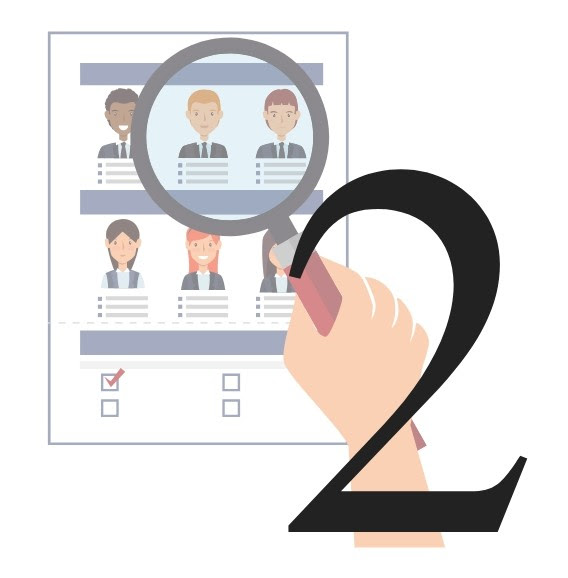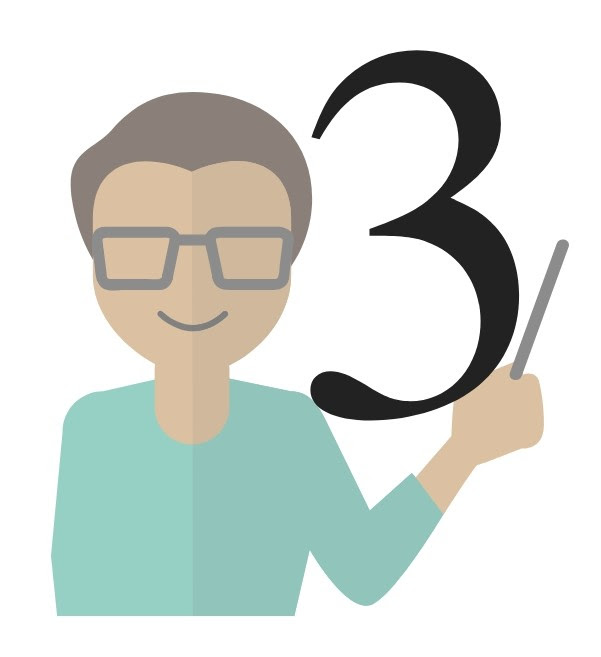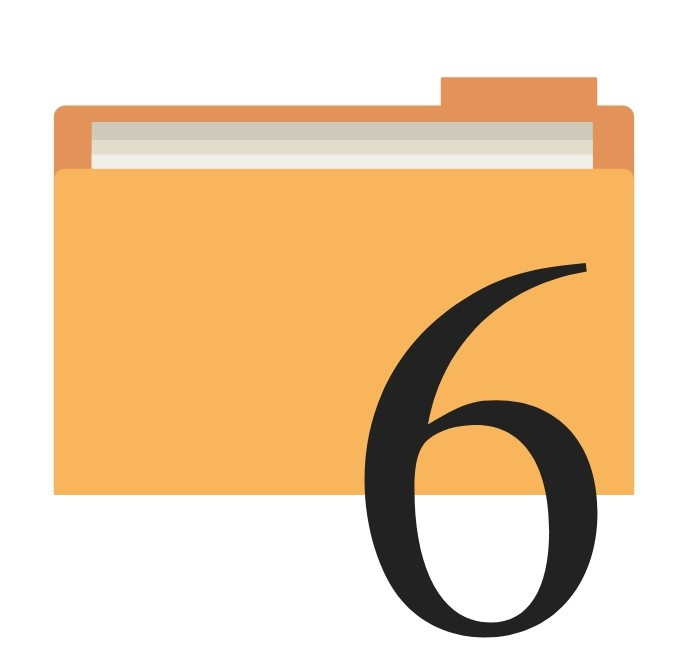Elections are the foundation of our democracy. They’re also enormously complicated operations with thousands of moving parts, all of which have to work in concert to ensure voters will have confidence in the results on Election Day. As you walk into your polling place, consider some of the challenges administrators face when running a large-scale, precinct-based election.  Get ready to find more than 2,000 polling places. Get ready to find more than 2,000 polling places.
The City of Chicago has 2,069 precincts and needs to find polling places and staff for all of them. Finding polling locations is no easy task. All of them must be compliant with the American with Disabilities Act, meaning they must meet certain standards for accessibility, including having accessible drop-off points, ramps, and wide, unblocked hallways. Each location is judged against a checklist of 73 requirements.  Recruiting election judges is hard work almost everywhere. Recruiting election judges is hard work almost everywhere.
Each polling place should have a minimum of five election judges, meaning that Chicago must recruit more than 10,000 election judges to serve on Election Day–and that’s not including judges needed for early voting locations. But it’s not just Chicago that faces staffing challenges. In 2016, 64.6% of election authorities around the country reported that it was “somewhat” or “very” difficult to recruit a sufficient number of poll workers. Some places have gotten creative with recruitment. Douglas County, Nebraska treats election staffing similar to jury duty by drafting poll workers, who are randomly chosen from the list of registered voters. They must serve in four elections to complete the required service.  Election judge training is almost as hard as recruiting. Election judge training is almost as hard as recruiting.
In Illinois, election judges start setting up at 5 AM, need to have the polls open by 6 AM, spend a minimum of 13 hours working with voters, and then close the polls at the end of the day. In short, there are a lot of opportunities for unexpected situations to arise that volunteers may not be adequately prepared for. Attending an in-person training is not a requirement for serving as an election judge in Illinois (although trainings do come with a pay increase), which can make preparing judges for specific scenarios difficult. Furthermore, the Illinois Board of Elections suggests that election judges rotate the tasks they complete throughout the day to “prevent errors and. . . certain types of fraudulent activity.” But the tradeoff of this measure is that it makes it more difficult for poll workers to specialize in tasks they’re good at.  Seniors (young and old) will make or break your election. Seniors (young and old) will make or break your election.
The Election Assistance Commission shows that 24% of poll workers are over the age of 71 and another 32% are between 61 and 70. But senior citizens aren’t the only seniors helping out on Election Day. Suburban Cook County and the City of Chicago lead the country in recruitment of high school students as election judges, who are allowed to serve even if they’re under 18. While less than 5% of poll workers nationally are under the age of 18, Chicago consistently has about 2,000 high school election judges, says Jim Allen, a spokesman for the Chicago Board of Elections.  But wait–do your poll workers speak enough languages? But wait–do your poll workers speak enough languages?
While election judges are only required to speak English, administrators need to make sure that there are multilingual judges who can assist voters who may not speak English themselves. In Cook County, the biggest need is for those who speak Spanish, Hindi, Chinese, and Korean.  You can read plenty of best practices for running elections, but it’s tough to know what works. You can read plenty of best practices for running elections, but it’s tough to know what works.
Recommendations of poll worker best practices are not hard to come by. (For example, see here, here, and here.) But are all those suggestions equally valid? How can a county board of elections figure out what changes will be most effective? The 2013 report to the Presidential Commission on Election Administration critiqued the Election Assistance Commission’s propensity for putting out a lot of recommendations without thinking about how they should be applied, saying, “These recommendations are not based on scientific evaluation studies of which practices actually impact voter satisfaction and confidence, or minimize problems at the polls. The recommendations rely on case studies, focus groups, media coverage, and discussions with election administrators and other stakeholders without much vetting of the suggestions.” Want to learn more about election challenges and ideas for addressing them? Read our in-depth look at mail-in voting here, and watch or readabout our expert election reform panel discussion on October 2. |